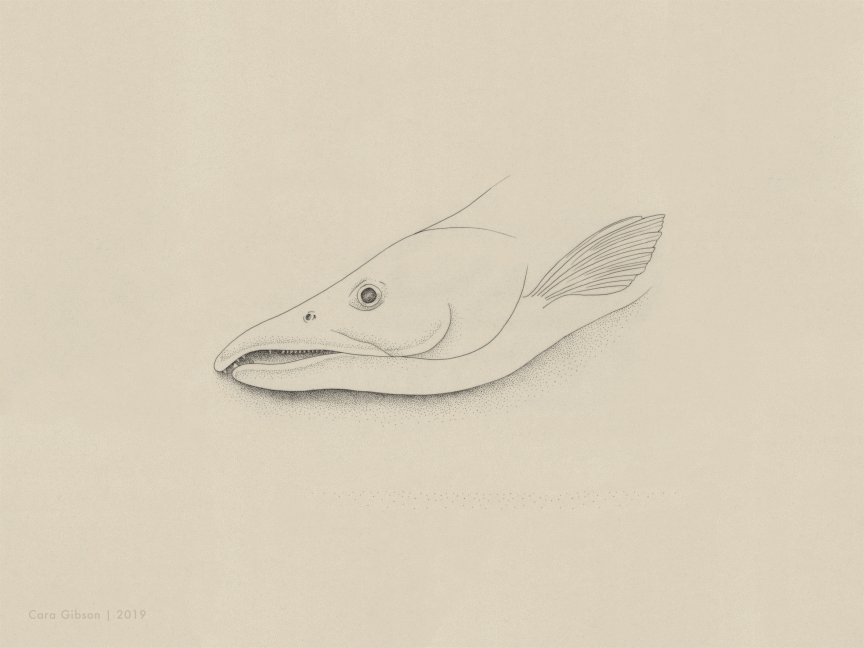Name: Cara Gibson
Which came first in your life, the science or the art?
Art. My mom, a professionally trained art teacher, taught private lessons in our home and so our dining room always had a still life set up in it. Each time she would use some drapey material for the backdrop, and then usually there would be a metallic or reflective item, like a silver teapot or glass bottle. Often she would include a plant and then a few common household items, like a boot or a piece of fruit. Before I was able to read or go to school I would sit at the far end of the long table and practice seeing and translating the sights to two dimensions. This process now comes as naturally to me as breathing does.
“Before I was able to read or go to school I would sit at the far end of the long table and practice seeing and translating the sights to two dimensions. This process now comes as naturally to me as breathing does.”
Cara Gibson
Which sciences relate to your art practice?
I love insects! I have a PhD in Entomology. My research focused on fungal symbionts of insects, and so I also love fungi, but haven’t had much call to illustrate them.
I enjoy making visuals to communicate all types of science, however. Delivering information across various specialized groups and then on to broader audiences feels like a vital call at this point.

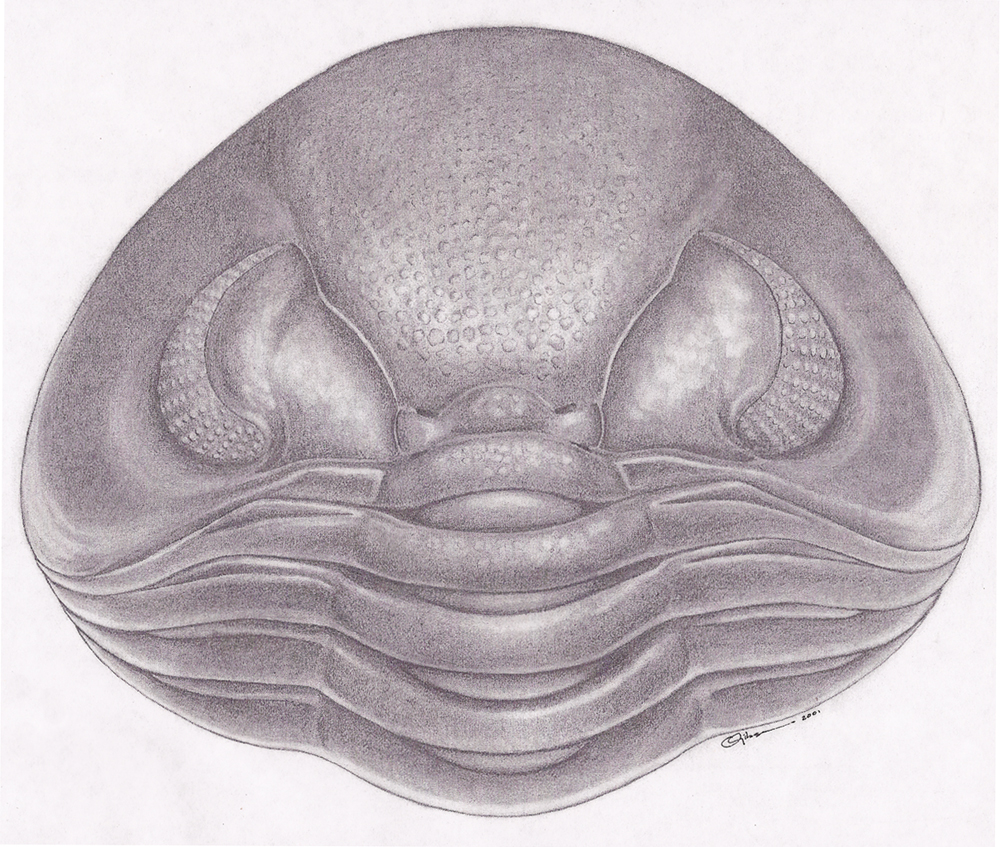
What materials do you use to create your artworks?
I use traditional media—graphite, ink, watercolour, pencil crayon—as well as digital tools. I dream of co-creating (with the participants) out-of-doors, hands-on community science-art. The creations would be made of the natural objects we looked at and the intangible collaborations among the participant-science-artists.
Artwork/Exhibition you are most proud of:
I am really excited about a new series I am working on that depicts ecosystem services rendered by insects. The first in the series is ‘Decomposition’ exhibited in the Polyfield Gallery and at Science World in Vancouver (until October 2019).
Insects have a huge impact on the Earth and on us, such as in their roles as decomposers, pollinators, or disease vectors. These terms get thrown around often and I think people feel as though they should understand them, but biology is not required past high school. In my mind, then, how can we expect anyone to really remember how pollination works? Or by extension, why there might be terrible consequences with plummeting pollinator numbers?
For this series, I’ve created a blended style of more traditional-looking hand-drawn scientific illustrations, but then used GIF animation to enliven the stories of these processes.
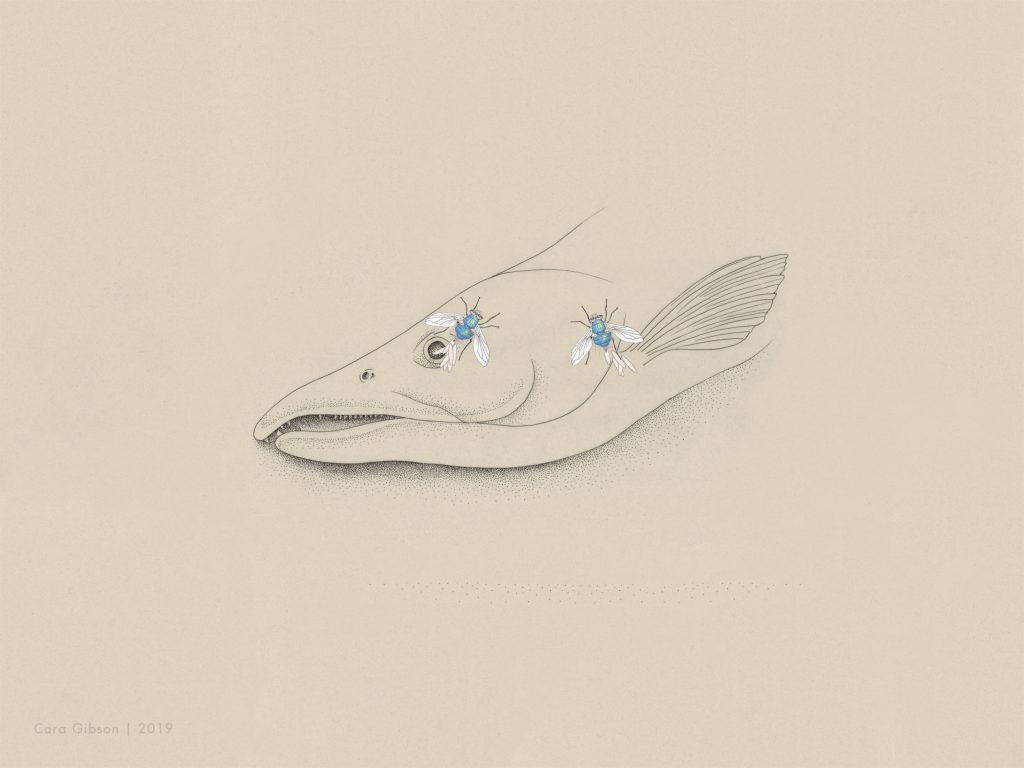
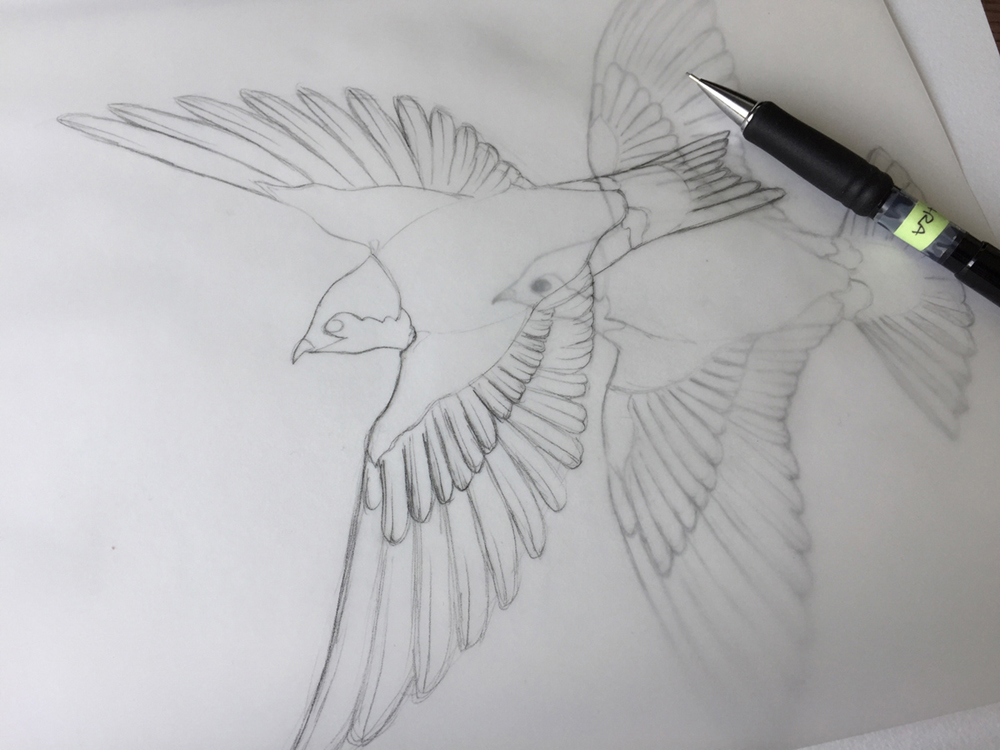
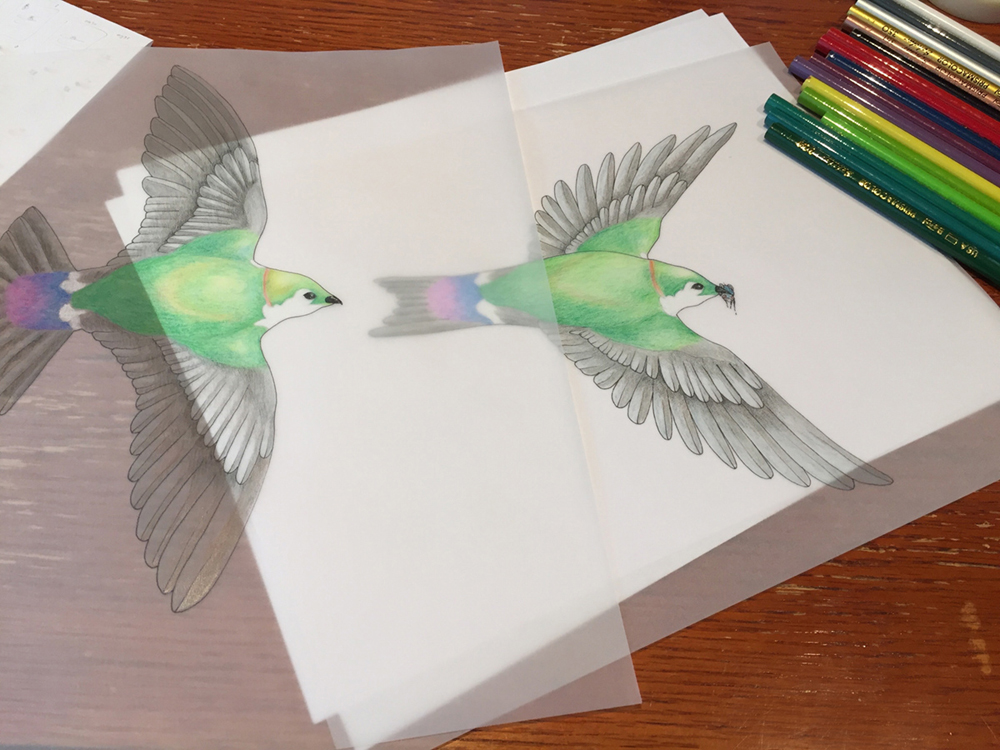
Which scientists and/or artists inspire and/or have influenced you?
Recently, I have been inspired by finding Maria Sibylla Merian’s science art. Through her careful collections of living insects and detailed drawings, she discovered insect metamorphosis in the 1600s. I find her work remarkable for two reasons. First, she gives us another example of art and science being connected at their root—unbiased observation and diligent documentation. And second, despite having a PhD in entomology, I had never seen a reference that this discovery belonged to this woman!! Unfortunately, attributions to women for their achievements are omitted all too routinely. This lack of recognition fosters implicit bias and results in women remaining grossly underappreciated for their professional contributions and expertise. Maria’s history has galvanized my resolve to advocate for women.
I am inspired by a lot of contemporary artists though too. Primary among them are Eleanor Lutz, Giselle Vitalli, and Jo Brown.
Is there anything else you want to tell us?
There is an ever-widening gap between the knowledge generated by research scientists and the broader public, with dwindling funds for basic science. The suggestion to fix this is for researchers to wear yet another hat, and get training to become science communicators, typically via public speaking. There is a more straightforward answer with a skilled labour pool that already exists, however: science needs better art.
“There is an ever-widening gap between the knowledge generated by research scientists and the broader public…science needs better art.”
Cara Gibson

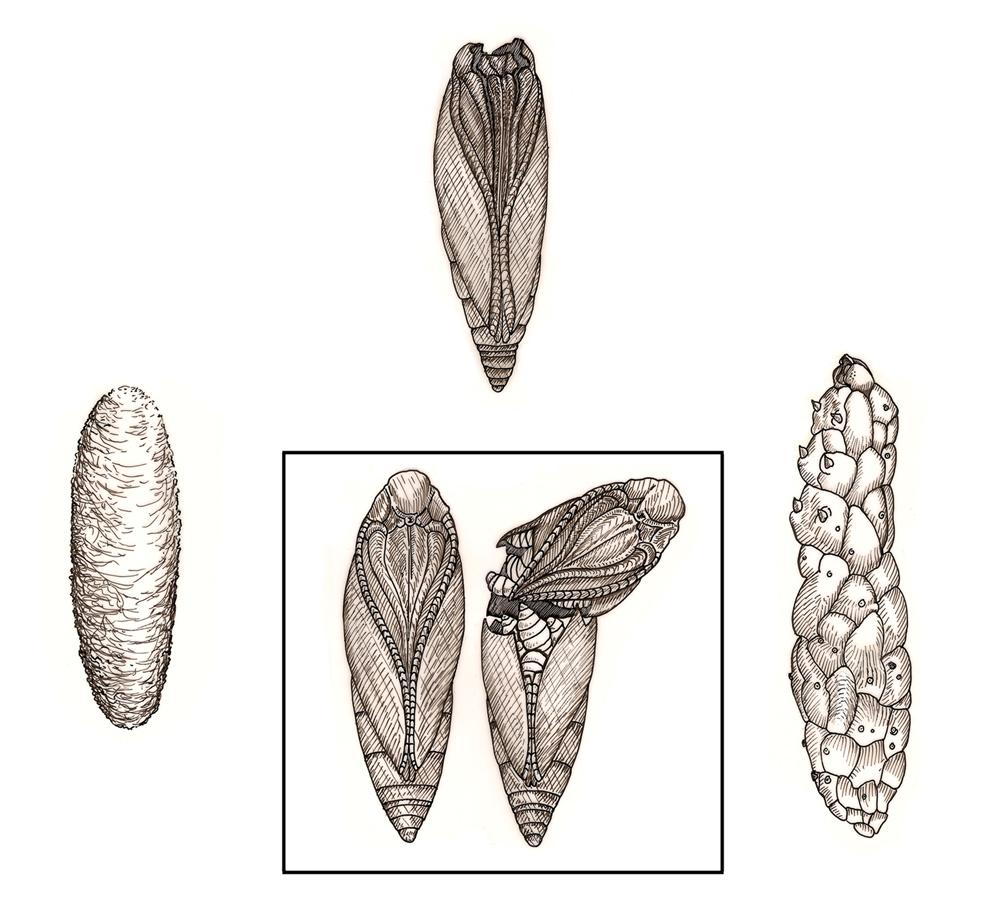
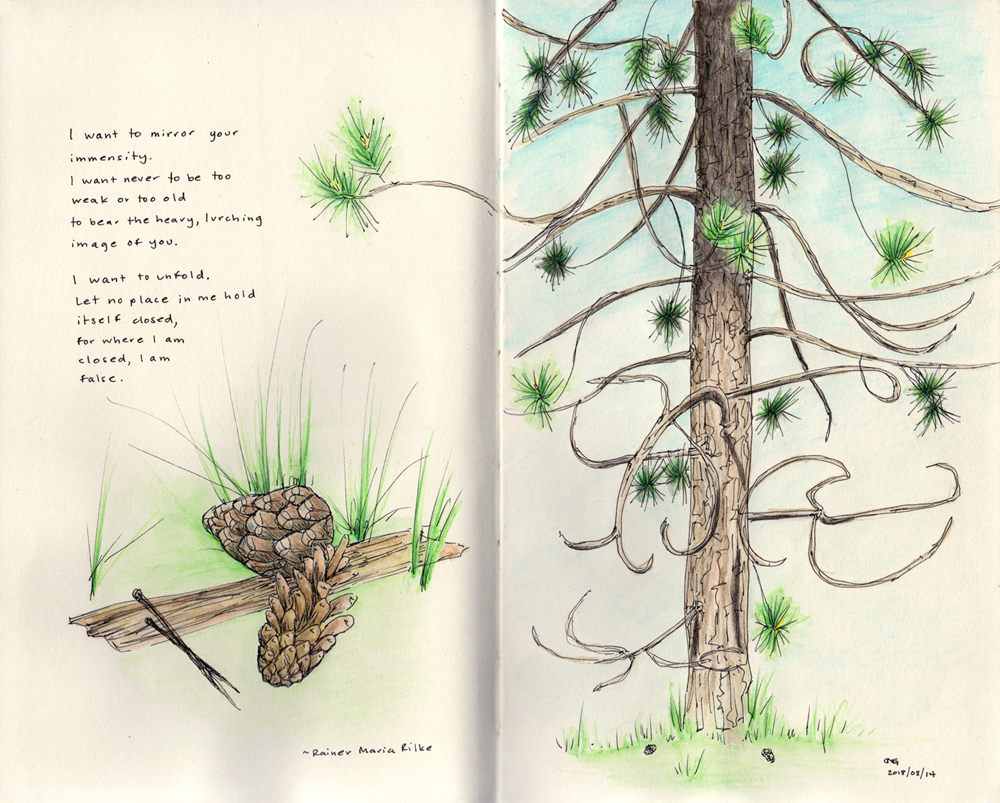
The Digital Age is playing out in an incredibly fast-paced and sophisticated visual environment. Those in the publishing industry understand the power of visuals and so journals are now requesting or requiring graphical abstracts or other assets for social media, with online interactions increasingly becoming a key part of a publication’s impact metrics.
Many scientists attempt making their own graphics with little to no training and seem completely unaware that their products are self-defeating. I admire the pluck, but as there is no expectation that other professionals manufacture DIY materials (imagine expecting dentists or doctors to create their own office brochures!). I do wonder about the acceptance of adding this to scientists’ already crushing workload. Instead, similar to the health (and nearly every other) industry, 10-20% of science budgets should be earmarked specifically for communications created by—or at the very least in consultation with—professional artists and designers. Research institutions and funding agencies would be wise to recognize that strategic investments in professional visual communications will be more effective for winning people’s attention, favour, and future grant support rather than diverting funds for researchers to learn to spin yet another plate in the air.
Find out more about Cara Gibson on her website.
Share this Post

